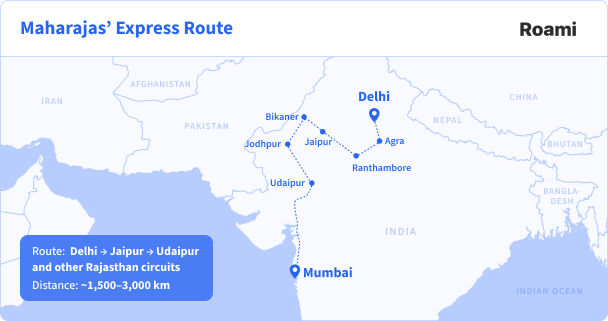As a dream destination filled with breathtaking views and rich cultural experiences, Hawaii offers a...
Travel Guides
Once, the world’s most memorable journeys weren’t taken in the air but on rails. From the luxury of the Orient Express to the alpine spirals of the Bernina Express, these iconic trains turned travel into an event by blending breathtaking landscapes with history, culture, and romance. Here are ten of the most unforgettable train rides of the past and what made each one unique.


Traveling by train was never just about getting from one city to another. It was about watching the world slide by, feeling the rhythm of steel wheels, and knowing that the journey mattered as much as the destination. These trains carried more than passengers. They carried dreams, and each one left behind a story etched into the landscape it crossed.
The Prairie Dog Central was never about rushing across provinces. Instead, it became a moving time machine. Passengers boarded restored wooden cars pulled by puffing steam locomotives and were carried out of Winnipeg into rolling farmland.
The trip was short, but it felt like stepping back into the days when farmers, families, and pioneers relied on these very trains. It became famous as a living museum, a place where parents took children to show them what travel once meant and where rail fans could relive the era of smoke and whistles.
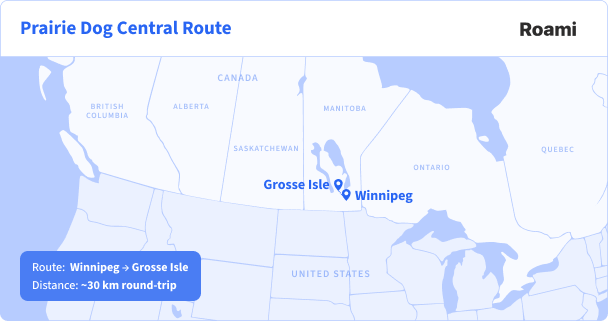
Photo credit: exploremontenegroholidays.blogspot.com
The Blue Train was more than transportation. It was a rolling palace that symbolized Tito’s Yugoslavia. Inside were polished wood panels, velvet seating, marble bathrooms, and wide panoramic windows. Foreign leaders, royalty, and even celebrities boarded it as Tito’s guests. For ordinary people, seeing the train pass was an event in itself. The journey cut through forests, rivers, and rugged mountains, making the landscapes of the Balkans part of its mystique. Today it is remembered not only for its comfort but also for the aura of power and prestige that surrounded every journey.
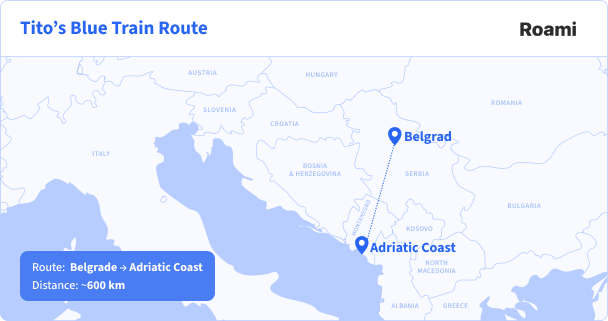
The Rocky Mountaineer was designed for travelers who wanted to experience the Canadian wilderness without distraction. It ran only during daylight so that no mountain peak or rushing river would be missed in the dark.
Glass-domed cars gave passengers sweeping views of glaciers, forests, and canyons, while open platforms allowed them to breathe in the fresh alpine air. It was less about reaching Vancouver or Banff quickly and more about absorbing the grandeur of nature along the way. Every turn of the tracks revealed another postcard view, making it one of the most photogenic rides in the world.
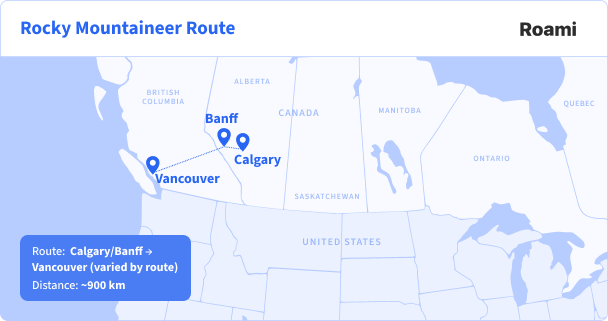
Souce: Condé Nast Traveler
The Orient Express was unlike any train before it. Its elegant dining cars, private compartments, and attentive service turned long-distance rail into an adventure rather than a chore. The route crossed the Alps, rolled along the Danube, and pushed into Eastern Europe before finally reaching the gateway to the East in Istanbul.
For many, it was the first time they had seen such distant lands from the comfort of velvet-lined carriages. It became the stuff of novels, mysteries, and legends, remembered as the ultimate symbol of the golden age of train travel.
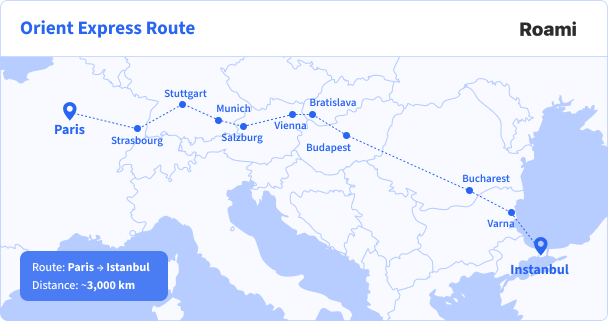
The Bernina Express proved that a train could be as breathtaking as the landscapes it passed through. It climbed to alpine passes over 2,000 meters high before spiraling down into Italian valleys filled with vineyards.
Passengers could watch snow and ice give way to palm trees in the span of a single journey, something unique in the world of rail. Engineers who built it used loops, tunnels, and bridges to tame the mountains, leaving behind a route that seemed as improbable as it was beautiful. It became famous not for speed, but for the way it carried travelers across changing worlds in a single day.
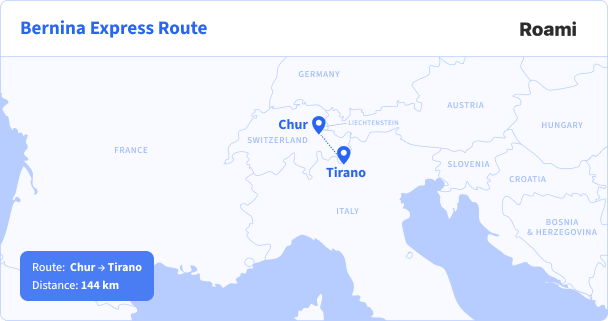
Source: Rovos
Rovos Rail offered travelers a chance to step into another era. Carefully restored wooden coaches and observation lounges brought back the charm of trains from a century earlier.
The train wound its way past deserts, savannas, and wildlife reserves, with giraffes and elephants sometimes visible from the windows. Fine dining, white tablecloths, and formal service made the ride feel more like a grand hotel on wheels. Its unhurried pace was deliberate, allowing travelers to enjoy the landscapes of southern Africa as a moving panorama, reminding everyone that some journeys are meant to be savored.
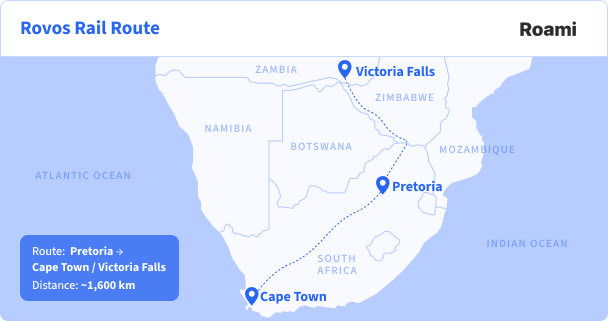
The Brenner Railway was an engineering wonder of its time. It cut across towering alpine passes with tunnels and spirals that defied the terrain. Travelers boarded in the heart of Bavaria and were carried past lakes, peaks, and valleys before descending into Italy. For many, the transition felt magical: one moment alpine forests and crisp air, the next the warmth of Venetian canals. It connected two cultures and two worlds, becoming a route for merchants, artists, and holidaymakers. Even today, its legacy remains one of the great achievements of European rail travel.
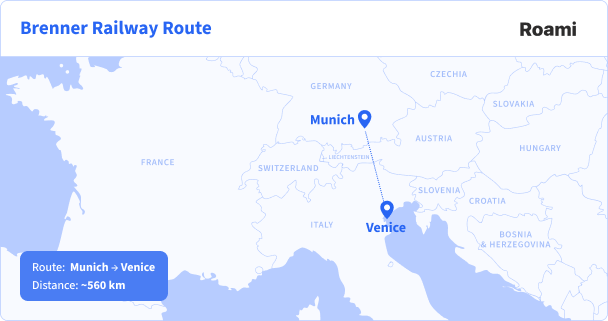
Source: Pyrénées-Orientales Rentals
The Little Yellow Train became a cheerful symbol of the Pyrenees. Painted in vivid colors, it crawled up steep gradients and crossed dramatic bridges, including the stone-built Séjourné Viaduct and the steel Gisclard suspension bridge. It carried locals and tourists alike through rugged gorges, alpine meadows, and snow-covered peaks.
The ride was slow and sometimes rattling, but that was part of its charm. People remember it for the way it seemed to belong to the mountains, hugging cliffs and valleys while offering views that no road could match.
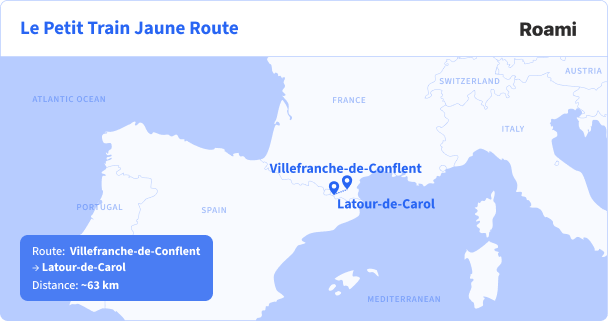
The California Zephyr was built for spectacle. Its silver streamliner cars glistened under the sun, while dome cars gave passengers sweeping views of the Rockies, the Great Plains, and the Sierra Nevada. People did not just ride it to reach California, they rode it to see America itself.
Families, honeymooners, and tourists packed the train to watch landscapes change dramatically, from high desert plateaus to snowy mountain passes. For many, it was their first true look at the vastness of the country, and it left an impression that lasted a lifetime.
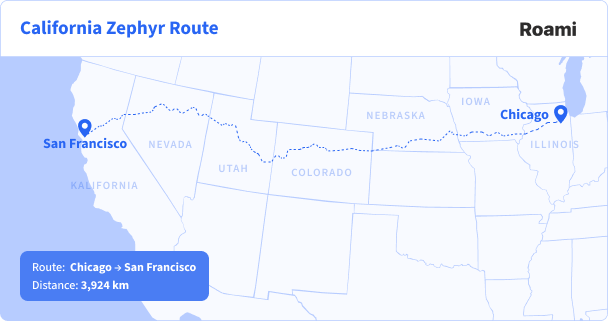
The Maharajas’ Express reimagined what rail travel could be in the modern era. Every cabin was designed like a royal suite, with ornate décor and attentive staff. The train moved slowly through deserts, historic cities, and fortress towns, offering passengers a journey that blended scenery with cultural immersion. Each stop included curated excursions to palaces, temples, and bazaars, while life onboard reflected India’s princely past. It became known as one of the most luxurious trains in the world, proof that the romance of rail travel could still exist in the twenty-first century.
